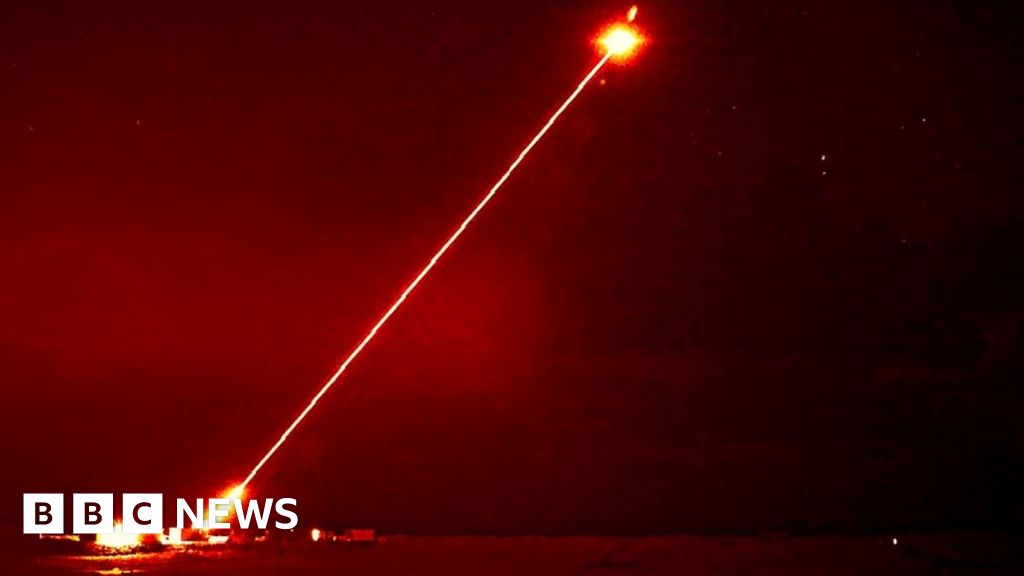The UK has successfully fired a high-power laser weapon against an aerial target for the first time in a trial.
It is hoped that the test will pave the way for a low-cost alternative to missiles to shoot down targets like drones.
The DragonFire weapon is precise enough to hit a £1 coin from a kilometre away, the Ministry of Defence (MoD) says.



They don’t work well against large missiles or fast moving ones, these are pretty low powered, just enough to melt though a plastic drone or fry some electronics. So a big metal fast moving missile would still need a traditional defensive.
DragonFire is a 50KW system, the US is supposed to have systems that are 6 and 10 times more powerful available in 2024 with a system that’s 20 times more powerful in 2026. The US already has a mobile system, deployed on Army Strykers called DE M-SHORAD, as powerful as the British DragonFire.
A 10KW will down a decent sized drone in 8-15 seconds depending on where it hits. A 50KW will obviously do it faster and the 300KW and up systems will likely make it near instant.
Hmm interesting. Imagine a new arms race between lasers and drones. Country A can make this crazy laser defense system. Country B can make 50x as many drones as country A can handle.
Is it 50kw power draw, or thermal power delivered to the target? Even if it’s power delivered to target, that’s a 10 deg/sec rise in temp for a 1kg mass with the thermal capacity of water, it’s not insane. (If I’m doing my math right)
I believe they are rated by power output at the emitter. I think your math is correct but these systems aren’t heating water, nor are they heating a kilogram of it. They’re simply trying burn through / melt a few ounces of plastic. The journalist who test fired a 10KW system was able to down a drone in about 15 seconds by slagging its propeller so I have to imagine that a 50KW system would do it even faster, potentially as quick as just a second or two.
That’s why I was saying larger missiles would be more resistant, since they’d have higher thermal conductivity aluminum, and a shorter closing time than 15sec.
I wonder how they scale up. Probably not great since the amount of energy lost scales greatly as well, to the point where there’s so much heat it’s not possible to cool anymore.